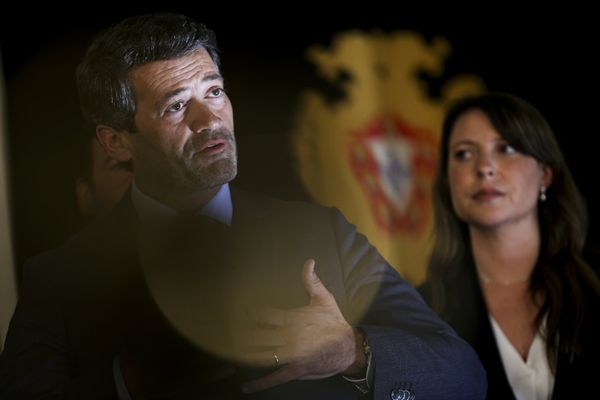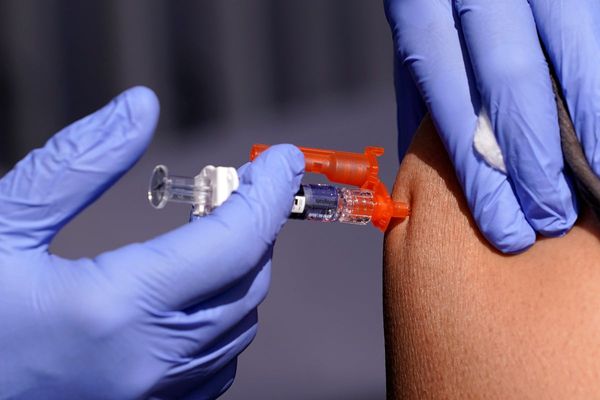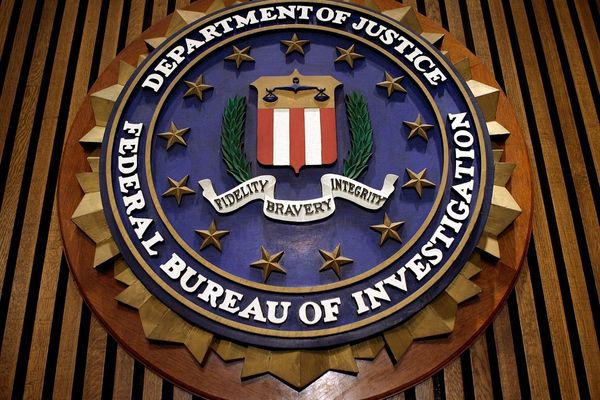
The death of large numbers of frogs over winter has prompted a call for people to monitor frog calls to help scientists understand the extent of the problem across the country.
To help save the frogs, citizens are urged to participate in FrogID Week.
The Australian Museum project - which runs until November 21 - involves people monitoring frogs with the free FrogID app.
Recorded sounds of frog calls will enable the museum's research team to assess the population.
Dr Jodi Rowley, FrogID lead scientist, said "we need people's help to understand how our frogs are doing and whether they have disappeared".
Frogs face various threats such as climate change, bushfires, flood, drought, habitat loss and disease.
"It's a call to action to record frogs at least once a day," said Dr Rowley, of the Australian Museum and University of NSW.
She urged people to record frogs in backyards, bush, paddocks, dams, remote outback areas, rainforests, mountain slopes and farms.
"We are missing even basic information on frogs. There are areas in Australia that have no scientific records of frogs, even though they are there."
Dr Rowley said Australia had about 240 known species of native frogs, with more than 30 under threat from extinction.
"They're threatened by so many things. They're really sensitive indicators of environmental health," she said, adding they were dying in large numbers this year.
Older people often tell Dr Rowley that they remember the days when frogs would cover windows and give off a chorus of croaks.
The historic decline in frog numbers is largely due to a frog pandemic caused by the amphibian chytrid fungus disease.
"It hit our frogs and frogs around the world a lot. That's probably the biggest reason for quieter times for frogs unfortunately," she said.
"That caused the extinction of at least four species of Australian frogs."

She said frogs were important to the food web.
"When frogs decline or disappear, there are far-reaching consequences. All the animals that rely on them start to disappear as well," she said.
But she added that "it's not all doom and gloom".
The four-year old Frog ID program had already made progress, with participants discovering new populations of threatened species.
"We don't even know how many species of frog we have. There were two new species discovered in Australia in the last month or so," she said.
"You can discover a new species by recording frog calls."
Australian Museum director and chief executive Kim McKay said FrogID Week was a great way "to be directly involved in helping save our frogs and a fun way for curious minds of all ages to learn about and help conserve biodiversity".
This year, FrogID Week is focused on gathering the calls of 15 priority species: the green tree frog, giant burrowing frog, New England tree frog, Davies' tree frog, southern barred frog, giant barred frog, Fleay's barred frog, eastern banjo frog, northern banjo frog, green and golden bell frog, southern bell frog, motorbike frog, Roth's tree frog, Peron's tree frog and magnificent brood frog.
Researchers are also seeking audio of the call of a newly discovered species, Gurrumul's toadlet, from the Wessel Islands of northern Australia. This species is new to science and there are no existing calls on record.
They also want to track the tusked frog, which was rediscovered on the Northern Tablelands of NSW after a 40-year absence. Its distinctive "chirrup" call was also recorded with the Australian Museum's FrogID app. For now, this site represents the only known location of the endangered species.
The project has already enabled more than 460,000 records of 205 different frog species to be verified thanks to the participation of thousands of Australians.







